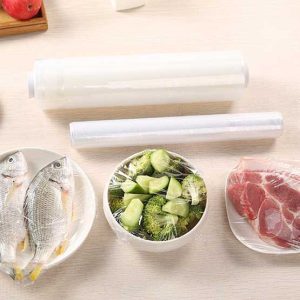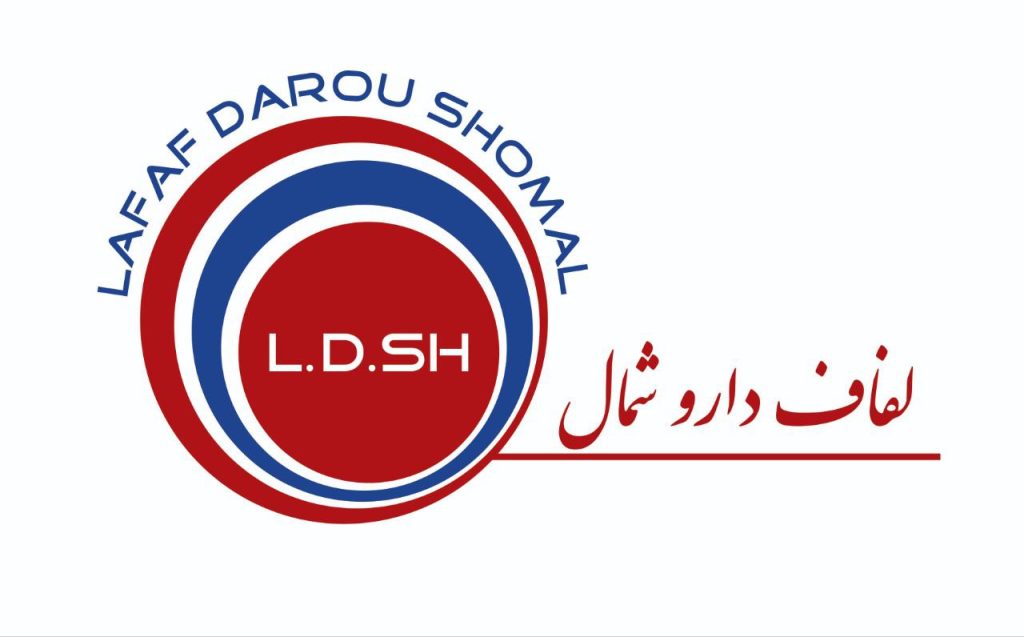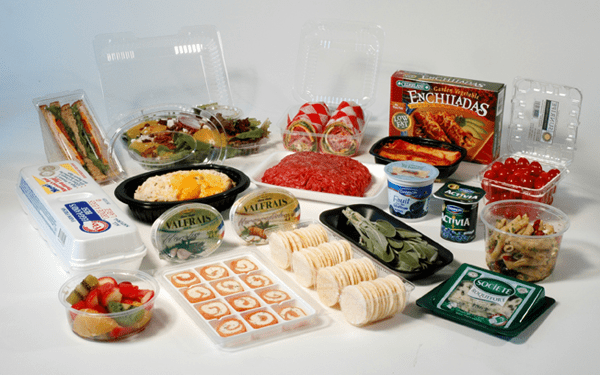Food product packaging is a vital aspect in the manufacturing and distribution industry. Choosing the right packaging materials not only affects the quality and safety of products, but also plays a key role in creating visual appeal and attracting consumers. One of the most widely used materials in the packaging industry is polyvinyl chloride, or PVC. This material, with its special properties, especially high transparency, is used in many food packaging. In this article, we will examine the role of PVC in creating transparency in food product packaging, its advantages and disadvantages, and frequently asked questions about this topic.

PVC PVC and transparency features
PVC is used in various packaging, including food packaging, due to its special physical and chemical properties. One of the most important features that makes PVC suitable for food packaging is its transparency. This material can be manufactured to appear completely transparent and glass-like, which allows consumers to clearly see the contents of the package.
Packaging transparency has many benefits for food products. First, this feature attracts consumers’ attention. Transparent packaging can expose the product and allow consumers to assess the quality and freshness of the product. For many food products, especially fruits, vegetables, meats, and sweets, the transparency of packaging can indicate quality and freshness.
Advantages of using PVC in food packaging
- Transparency and visual appeal: As mentioned, PVC can be produced in a completely transparent form, which allows the products inside the packaging to be clearly displayed. This can be effective in attracting customers.
- Maintaining the quality and freshness of products: As a material resistant to moisture and gases, PVC can effectively prevent rapid spoilage of food. This material is very suitable for packaging products that need protection from external factors such as air and moisture.
- Flexibility and strength: Compared to other plastic materials, PVC protects food products well against impact and pressure. These properties make PVC packaging suitable for sensitive products such as meat and fish.
- Economical: PVC is a cost-effective material that is less expensive and easier to produce than other materials. This is very important for food manufacturers.

Disadvantages of PVC in packaging
Although PVC has many advantages, it also has its own disadvantages. One of the most important problems with PVC is its environmental issues. This material is difficult to recycle and can cause environmental pollution if not disposed of properly. Additionally, PVC is sensitive to heat and can decompose and release toxic substances when exposed to high temperatures.

